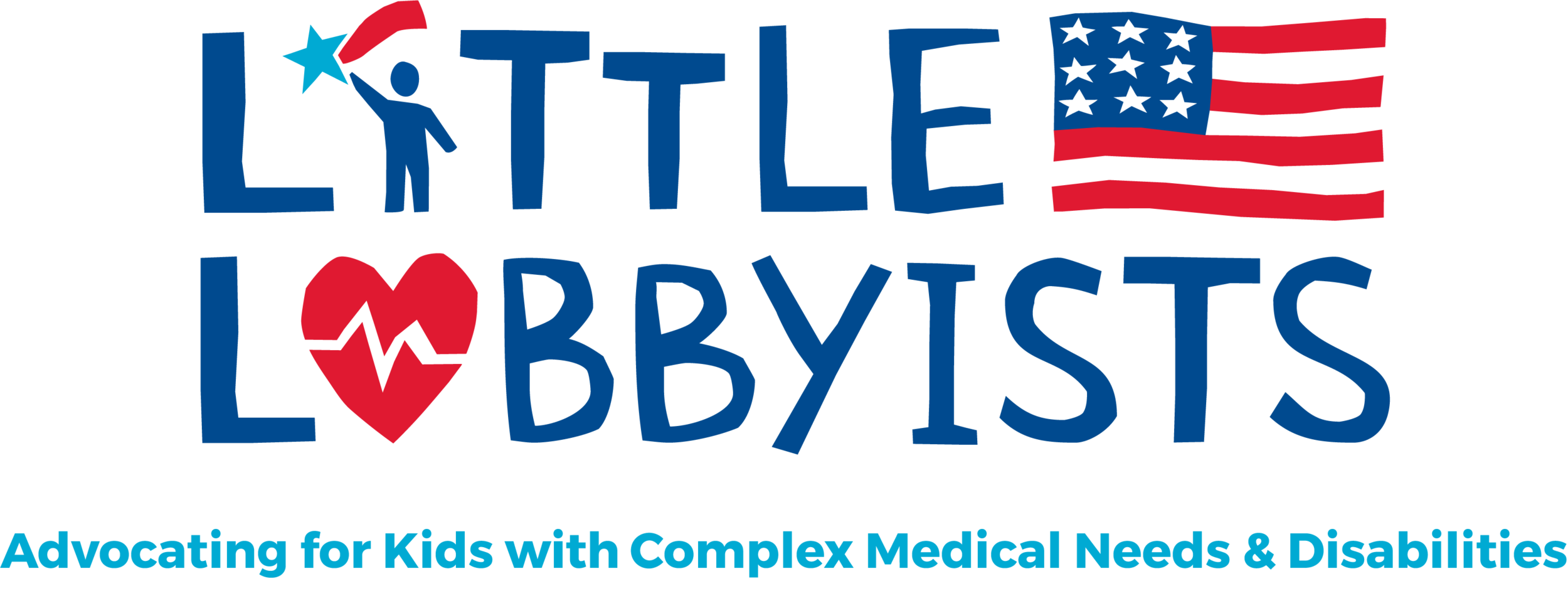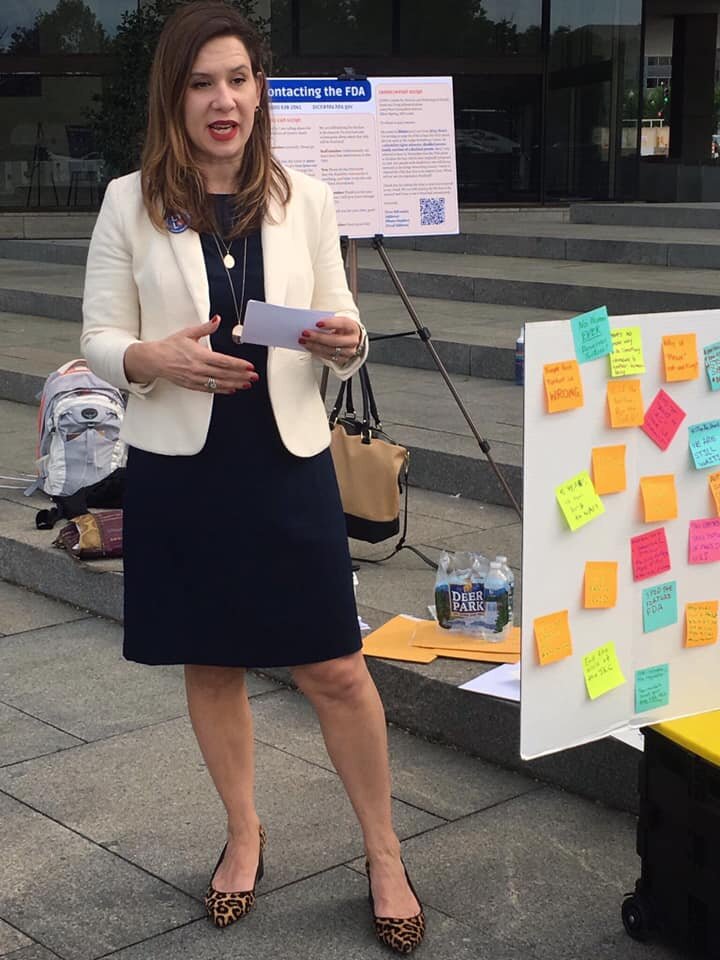My son Sam is a superstar. He’s outgoing, athletic, loves basketball, sings country music, is learning how to play guitar, and he’s enthusiastic about comedy, conversation, and history. In 2009, I learned Sam was autistic. With a background in social work and child welfare, I imagined I was well prepared. Instead, I had a lot of work to do.
Sam has blonde hair and is wearing a sweatshirt. He is outdoors, looking at the camera and smiling.
Throughout elementary school and 5th grade, Sam was thriving and enjoying life more than ever. My superstar became a high scoring shooter on a rec league basketball team and was well loved in the community for his outgoing and friendly greetings and comedic conversations.
When Sam started middle school, all of the changes increased his anxiety, and he began to shut down during math class. Unfortunately, his teachers didn’t recognize his high level generalized anxiety, including a physical somatic response, even though it was expressly mentioned in the IEP.
In March of 2015, Sam’s anxiety was at peak level, and he refused to go into the math classroom. At first, teachers offered him time in the “resource room” with the behavioral interventionist. While being escorted to the resource room, Sam “eloped” – he broke away from staff and was immediately restrained on his back on the floor, by four adults – only one of whom had behavior intervention training.
Here is what Sam had to say about this experience five years later (for the full conversation, see the video):
Daya: So when you were restrained after you ran away, how many adults restrained you?
Sam: Four.
Daya: How did that make you feel?
Sam: Worried. Just just a little worried, worried, sad, really upset.
Daya: Then, how did it make you feel the next day?
Sam: I was having trouble remembering stuff: eating, drinking, playing, learning about the presidents, talking.
The day after that one-time restraint, I lost my child as I knew him. Sam couldn’t speak, couldn’t feed himself, was aggressive and self-injurious, and appeared to have regressed to a pre-kindergarten reading level after testing at the 4th grade level prior to the restraint.
Restraint and seclusion changed our entire family’s life, in fact, set it on fire for years. What followed were three years full of aggression, fear, and anger. Sam needed psychiatric medication for the first time ever. He became destructive and even lashed out physically. He was changed overnight because the teachers and staff I trusted to care and educate Sam didn’t have the tools they needed to appropriately and empathetically help him through a mental health crisis.
It’s clear that we need legislation to prevent more children from being harmed in school. On May 26, 2021 Congress unveiled the “Keeping Students Safe Act” to protect students from dangerous seclusion and restraint discipline practices in school introduced by Senators Murphy (D-CT), Murray (D-WA), Casey (D-PA), Durbin (D-IL), Kaine (D-VA), Warren (D-MA), Sanders (I-VT), Baldwin (D-WI), Van Hollen (D-MD), Brown (D-OH), Blumenthal (D-CT), Wyden (D-OR), and Duckworth (D-IL):
“The Keeping All Students Safe Act would make it illegal for any school receiving federal taxpayer money to seclude children and would ban dangerous restraint practices that restrict children’s breathing, such as prone or supine restraint. The bill would also prohibit schools from physically restraining children, except when necessary to protect students and staff. The bill would better equip school personnel with the training they need to address school-expected behavior with evidence-based proactive strategies, require states to monitor the law’s implementation, and increase transparency and oversight to prevent future abuse of students.”
Today, even during these Covid-19 days, Sam is beginning to thrive again. He’s now in the 11th grade, and has mostly rebuilt the skills he lost while he navigates his world academically and socially with autism. He continues to play basketball (when there’s no pandemic), and has regained most of his verbal skills. He’s a growing self-advocate who wants to help ensure laws are passed to make restraint and seclusion illegal.
Once again, in Sam’s own words:
Daya: So what would you tell Congress about restraining in school;
remember we're talking about the bill called Keeping All Students Safe Act.
So what would you tell Congress about laws they could pass to protect kids like you?
Sam: Students should not be restrained at school especially.
Daya: How come?
Sam: Because adults should train better. Should be trained better to help kids.
Daya: And so tell me about your rights: Do you have the right to be safe at school?
Sam: Yeah.
Daya: Do you want to stop this from happening to other students?
Sam: Yes.
Daya: How come?
Sam: Because they should be trained better.
It’s our wish that other families be protected by federal law from such a traumatic course of events. We have all been changed by this experience, and in hindsight, the trauma caused by the restraint could have been prevented by such easy and deliberate choices such as employing better practices in crisis intervention – just as KASSA provides. Federal legislators have introduced restraint and seclusion bills since 2009! The Keeping All Students Safe Act was first introduced in 2011, with iterations reintroduced in 2015 and 2018 without passage in the Senate. It’s time to see this pass!
To advocate for Keeping All Students Safe Act, Sam recounts the story of his restraint and seclusion.
Transcript:
Daya: Alright, how old were you when you were restrained?
Sam: 12
Daya: what grade was that?
Sam: Sixth.
Daya: How come you were restrained?
Sam: I was being dangerous and ran away.
Daya: Oh! You ran away.
Sam: Yeah.
Daya: Okay so you ran away from where?
Sam: The resource room.
Daya: Why were you in a resource room?
Sam: Because I didn't want to go to math with Mr. Parker.
Daya: What were your feelings about math?
Sam: Hard.
Daya: Okay, so when you were restrained after you ran away, how many adults restrained you?
Sam: Four.
Daya: How did that make you feel?
Sam: Worried. Just just a little worried, worried, sad, really upset.
Daya: Then, how did it make you feel the next day?
Sam: I was having trouble remembering stuff: eating, drinking, playing, learning about the presidents, talking.
Daya: All the stuff you learned from kindergarten, right?
Sam: Right.
Daya: So what would you tell Congress about restraining in school; remember we're talking about the bill called Keeping All Students Safe Act. So what would you tell Congress about laws they could pass to protect kids like you?
Sam: Students should not be restrained at school especially.
Daya: How come?
Sam: Because adults should train better. Should be trained better to help kids.
Daya: And so tell me about your rights: Do you have the right to be safe at school?
Sam: Yeah.
Daya: Do you want to stop this from happening to other students?
Sam: Yes.
Daya: How come?
Sam: Because they should be trained better.
Daya: Okay, well thank you very much for this interview. I appreciate you talking about such a hard thing.
Sam: Bye-bye.
Daya Chaney Webb is a Little Lobbyists Ambassador and Sam’s mom. She has a background in social work and child welfare, and is an expert in special education law and IEP development and implementation. She has helped other parents as a volunteer family advocate. The absence of legislation protecting kids with disabilities in school led her to lobbying work, most recently with The Alliance Against Seclusion & Restraint as Legislative Director.






